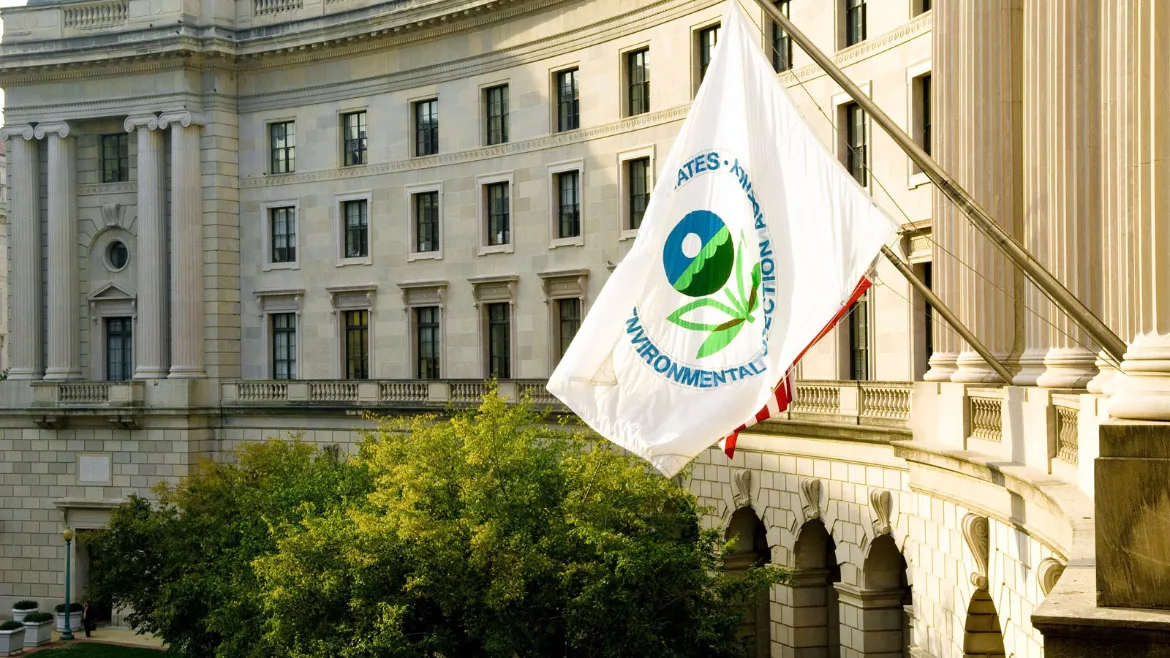EPA Adds Nine PFAS Substances to ‘Toxic Release Inventory’
TRI listing makes PFAS substances subject to toxic chemical release reporting

The Environmental Protection Agency (EPA) has added nine per- and polyfluoroalkyl substances (PFAS) to its “Toxics Release Inventory” (TRI) making those PFAS substances subject to the same reporting requirements as other chemicals of “special concern” and excludes those chemicals from certain burden-reduction reporting options.
On Jan. 6, 2025, EPA announced the final rule—Implementing Statutory Addition of Certain Per- and Polyfluoroalkyl Substances (PFAS) to Toxics Release Inventory (TRI) Beginning With Reporting Year 2025 —that adds the nine PFAS substances to the TRI, which was established under the Emergency Planning and Community Right-to-Know Act (EPCRA).
Because PFAS chemicals can build up in living things and cause various health issues, the EPA took action on those chemicals during 2024, including issuing a final rule on April 10, 2024 that sets drinking water standards for five individual PFAS substances, including PFOA, PFOS, PFNA, PFHxS, and HFPO-DA. Furthermore, on April 19, 2024, the EPA issued a second PFAS rule designating PFOA and PFOS as hazardous substances because those chemicals have been linked to cancers, immune and developmental damage to infants and children, and has some impact on the liver and heart.
The nine PFAS substances added to the TRI—in alphabetical order—are:
- Acetic acid, [(g- w-perfluoro-C8–10-alkyl)thio] derivs., Bu esters
- Ammonium perfluorodecanoate (PFDA NH4)
- 6:2 Fluorotelomer sulfonate acid
- 6:2 Fluorotelomer sulfonate ammonium salt
- 6:2 Fluorotelomer sulfonate anion
- 6:2 Fluorotelomer sulfonate potassium salt
- 6:2 Fluorotelomer sulfonate sodium salt
- Perfluoro-3- methoxypropanoic acid
- Sodium perfluorodecanoate (PFDA-Na).
The rule updating the TRI becomes effective on Feb. 5, 2025, but it covers all of 2025, according to EPA. By updating the TRI, the nine PFAS substances are subject to toxic chemical release reporting under both EPCRA and the Pollution Prevention Act, EPA says.
The inclusion of the nine PFAS substances to the TRI will affect commercial entities that manufacture, process, or otherwise use any of the PFAS chemicals listed in this rule, says EPA, which has provided a list of the industrial and commercial sectors impacted by the rule, including—but not limited to—electric utilities; petroleum bulk terminals and plants; and facilities primarily engaged in solvent recovery services on a contract or fee basis.
A detailed description of the types of facilities subject to reporting under EPCRA can be found at: https://www.epa.gov/toxics-release-inventory-tri-program/tri-covered-industry-sectors. EPA advises company officials who are unsure if their facility is affected by the updating of the TRI to “carefully examine the applicability criteria.” Furthermore, stakeholders with questions regarding the applicability of this action to a particular industrial sector should contact Daniel R. Ruedy, Data Gathering, Management and Policy Division, Office of Pollution Prevention and Toxics, EPA, 1200 Pennsylvania Ave., NW, Washington, D.C. 20460–0001; telephone number: (202) 564–7974; email address: ruedy.daniel@epa.gov.
Click here to read the Federal Register notice announcing the addition of the PFAS substances to the TRI.
Looking for a reprint of this article?
From high-res PDFs to custom plaques, order your copy today!






